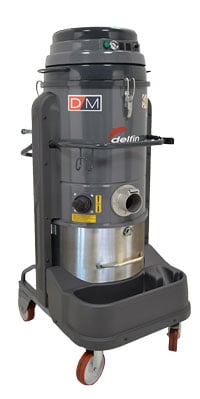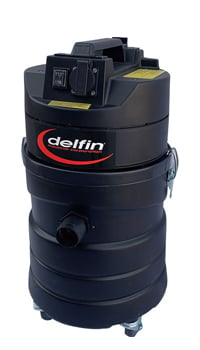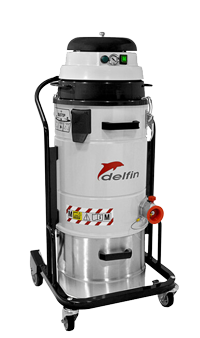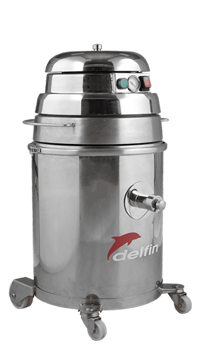Total dust mitigation solutions for food processing
Delfin Industrial has decades of innovation in the industrial vacuum system market—with a diverse product line of more than 140 models and 1,500 configurations to cover any application, dust type, and niche industry for total dust mitigation. Delfin's color-coded industrial vacuum accessories minimize allergen spread and reduce cross-contamination by indicating that tools should only be used in their designated areas.
What is total dust mitigation?
A three-part, start-to-finish dust collection system to create a safe, efficient, and productive workplace by utilizing pneumatic conveyance, dust collectors, and industrial vacuums.
Why is total dust mitigation important?
By integrating a complete dust collection system into your facility, you can mitigate the threat of cross-contamination and combustible dust. Learn more about combustible dust hazards.
What is the difference between commercial vacuums and dust collectors?
Commercial vacuums are designed to remove dust from surfaces, while dust collectors are designed to remove dust from the air. Since the volume of air in a plant is much greater than the surface area square footage, industrial dust collectors move a much higher volume of air and dust than vacuums.










